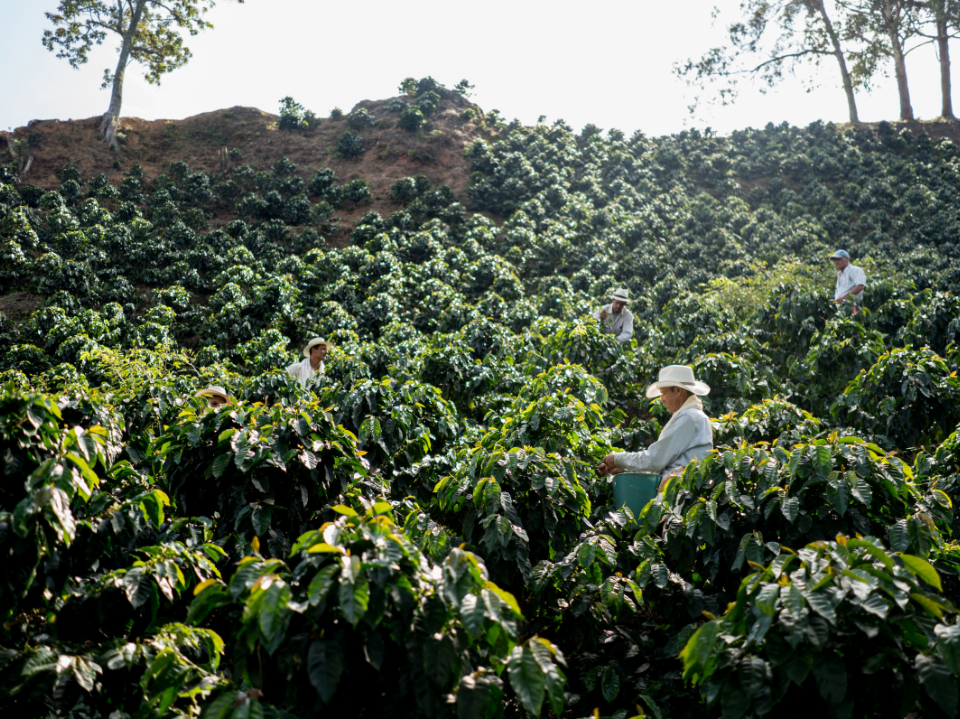Welcome to the delightful world of DIY coffee roasting! Our home coffee roasting guide is here to demystify the art of roasting beans, making it both enjoyable and accessible. Whether you're a coffee aficionado or just starting out, we'll walk you through everything from selecting the right beans to perfecting the roast, infusing your home with the irresistible aroma of freshly roasted coffee.
Choosing the Right Coffee Beans
The journey to great coffee starts with the right beans. When selecting green coffee beans, consider their origin, variety, and processing methods. Each factor contributes uniquely to the bean's flavour profile. From the bright acidity of African beans to the smooth richness of South American varieties, your choice lays the groundwork for your roasting adventure.
Selecting Your Roasting Method
Your home roasting method can be as simple or sophisticated as you prefer. Air poppers are a great, budget-friendly start, while stovetop methods add a hands-on touch. For those seeking precision, dedicated home roasters offer more control. Each method has its merits, allowing you to choose one that aligns with your roasting goals and lifestyle.
Understanding the Roasting Process
Coffee roasting is a transformative process, divided into three stages: drying, first crack, and development. The drying stage sees the beans losing moisture, setting the stage for flavour development. The first crack indicates the start of the actual roasting, where beans expand and darken. In the development stage, the beans’ flavour and aroma are fine-tuned, a critical phase for any roasting enthusiast.
Setting Up Your Roasting Space
A good roasting space is key. Ensure proper ventilation to manage smoke and aromas, and set up in a well-lit area for clear visibility. Safety is paramount, so consider roasting in an open space or outdoors. The right environment makes roasting not just safer, but more enjoyable.
Using Your Senses
Engaging your senses is part of the roasting charm. Watch for colour changes, savour the evolving aromas, and listen for the beans’ cracks. These sensory cues are your guideposts to achieving the perfect roast, making the process as rewarding as it is sensory.
Monitoring Time and Temperature
Time and temperature are crucial in determining the roast profile. Different beans and desired outcomes require varying roasting durations and heat levels. Mastering these elements is key to unlocking the full potential of your coffee, allowing for a range of flavour experiences. Be careful to not over roast your beans or your coffee will taste burnt.
Cooling and Resting Your Beans
Post-roast, promptly cooling the beans halts the cooking process. Then, allowing them to rest for a few hours to a few days enhances their flavour profile. This rest period is essential for the beans to develop a more rounded and complex taste.
Storing Freshly Roasted Coffee
Storing your beans properly is crucial for preserving their freshness and flavour. Airtight containers in cool, dry places work best. Avoid light and air exposure, which can degrade quality, to keep your beans at their peak for as long as possible.
Experimenting with Roast Levels
Exploring different roast levels can be a fun and enlightening experience. Light, medium, and dark roasts each offer distinct characteristics and flavours. Experiment to discover which roast speaks to your palate and enhances your coffee experience.
Master the Art of Roasting Coffee Beans at Home
Roasting coffee beans at home is a rewarding venture that adds a personal touch to your coffee ritual. Embrace the process, experiment with flavours, and enjoy the unique satisfaction of brewing coffee from beans you've roasted yourself.



